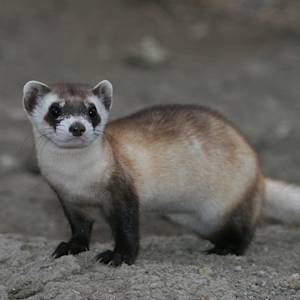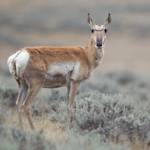Back From The Brink, Takhi (przewalski’s Horse)
1996 • Mongolia
“The first written accounts of the Przewalski's horse (Equus ferus przewalskii) were recorded by the Tibetan monk Bodowa around 900 AD…. The last wild population of Przewalski's horses – called takhi in Mongolian – survived until recently in south-western Mongolia and adjacent China in the provinces of Gansu, Xinjiang and Inner Mongolia… The reasons for the extinction were seen in the combined effects of pasture competition with livestock and overhunting. At this point in time the species survived solely in captivity due to breeding based on 13 founder animals… Subsequent to the establishment of the International Przewalski's Horse Studbook at Prague Zoo in the Czech Republic in 1959, the North American Breeders Group in the 1970s (which became the Species Survival Plan for the Przewalski's Horse) and the initiation of a European Endangered Species Programme in 1986 under the auspices of Cologne Zoo in Germany, the captive population grew to over 1,000 individuals by the mid- 1980s…. Today the Mongolian population again consists of some 350 wild individuals, and the species was subsequently down-listed to Critically Endangered in 2008 and Endangered in 2011.”
"Fighting Extinction." WAZA: World Association of Zoos and Aquariums2012: 5. .
Feh, Claudia. Photo of Reintroduced Przewalski's Horse Taken at the "Seer" Release Site, Managed by the Association Pour Le Cheval De Przewalski:TAKH, in the Khar Us Nuur National Park Buffer Zone. 28 Sept. 2005. <https://en.wikipedia.org/wiki/File:Przewalskis_horse_02.jpg>.


Learn about Maya Lin’s fifth and final memorial: a multi-platform science based artwork that presents an ecological history of our world - past, present, and future.

Discover ecological histories and stories of former abundance, loss, and recovery on the map of memory.

Learn how we can reduce our emissions and protect and restore species and habitats – around the world.

See how art can help us rethink the problems we face, and give us hope that each one of us can make a difference.

Help make a global memorial something personal and close to home. Share your stories of the natural world.


